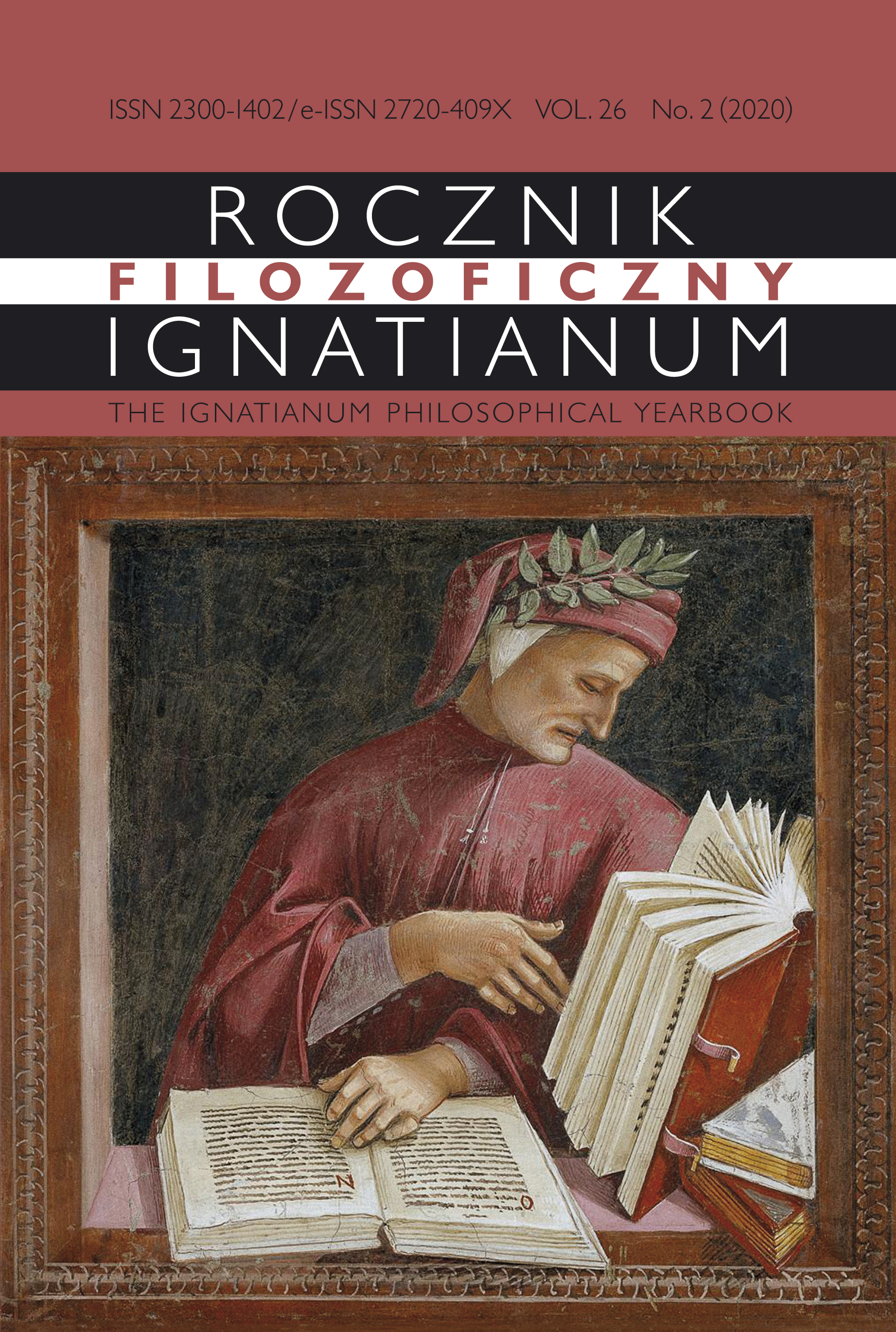The „Book of Nature” Topos in the Late Lyrics by Pär Lagerkvist
Abstract
The article analyzes the Swedish writer Pär Lagerkvist’s last volume of poems, Aftonland (1953), and the metaphor of the “book of nature”, which the poet uses extensively and which forms the volume’s compositional axis. The starting point is to present the theological concepts of liber naturae (from their biblical provenance through philosophical and theological works of the Middle Ages and the Renaissance) and to indicate the functions of this metaphor in old literature. Lagerkvist’s take on this metaphor points to the fundamental change that occurred in the religious situation of man between the time of the metaphor’s peak popularity and the middle of the twentieth century in a completely altered historical context. Lagerkvist’s return to this metaphor involves its radical transformation in the spirit of a modern transformation of spirituality. Rather than revealing theological truths, the “book of nature” in Lagerkvist’s poetry is akin to the “codes of transcendence” by Jaspers, which bring man, living in a disenchanted modern world, closer to a transcendental dimension of existence. The transformations of the “book of nature” theme in Lagerkvist’s poetic volume are also analyzed against the background of the transformations of modern and contemporary astronomy, as well as in the perspective of the theory of the “logic of writing’ and, also, the relationship between writing and religion. The use of the old metaphor allows Lagerkvist to express the affirmation of spiritual longings and the search for meaning in the world as unfulfilled but inalienable human qualities. The conclusion also points to the presence of the “book of nature” motif in other works of the Swedish writer, which is a manifestation of his metaphysical interests.
Copyright (c) 2020 Jesuit University Ignatianum in Krakow

This work is licensed under a Creative Commons Attribution-NoDerivatives 4.0 International License.
The Yearbook only accepts materials for publication that are free of all conflicts of interest, and that in no way involve conflicts over authorship, copyright, etc. The Editors will take action against any cases of plagiarizing, ghostwriting1, guest/honorary authorship2, etc. Where co-authored work is concerned, the Author listed first is expected to take responsibility for the submission, and is required to make clear the contributions of all of the Co-Authors involved. In the event of the publication owing its existence to funding dedicated to this purpose, this fact should be made clear: e.g. in any note of thanks/acknowledgement, or in a footnote, etc. Explicit notification should be given of any form of reprinting, with the appropriate evidence of permission to publish being furnished as required. Any impropriety on the part of Authors/Reviewers risks exposing them to appropriate responses from the relevant institutions.
______
1 This term refers to instances of a person who has made an essential contribution being omitted from the list of authors, or from notes conveying gratitude and/or acknowledgement.
2 This occurs when a person who has made either an insignificant contribution or no contribution at all nevertheless appears on the list of authors.





